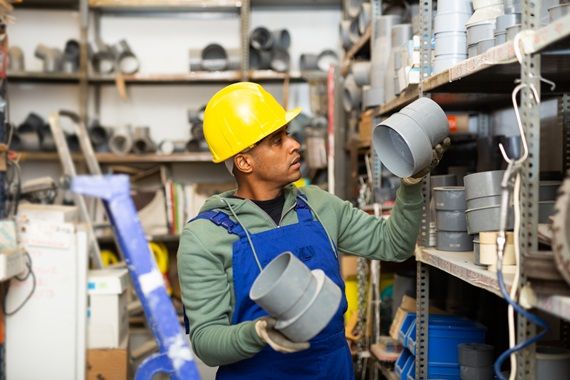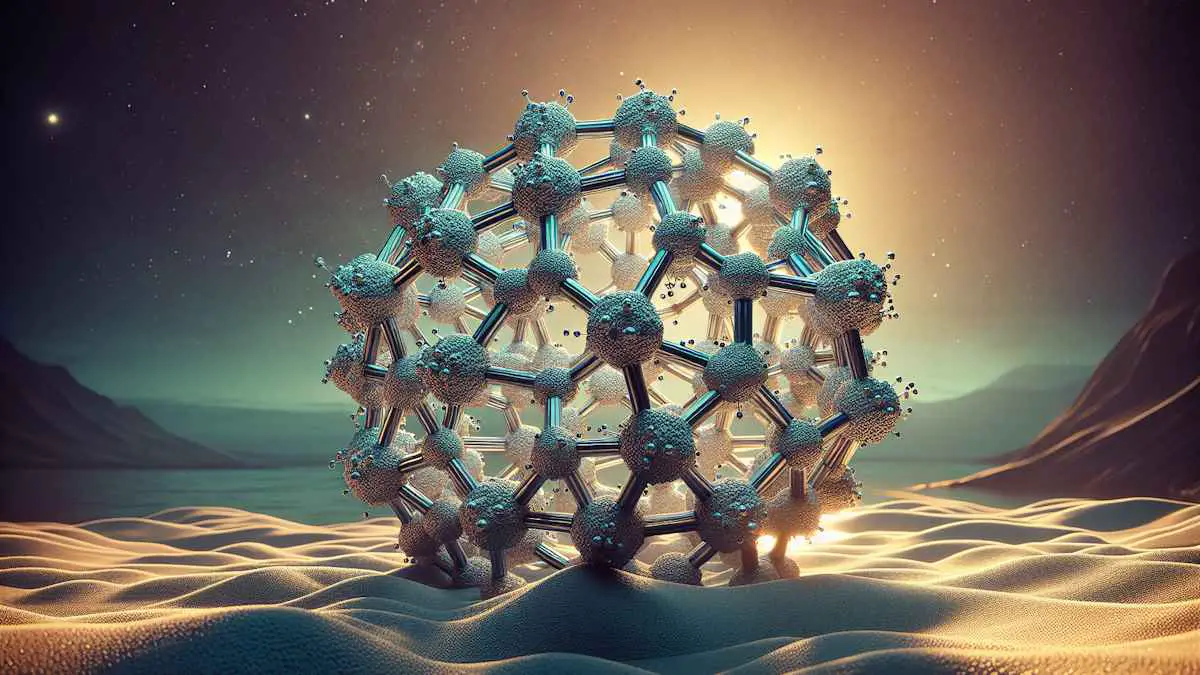Metal-organic frameworks (COMs or MOFs), spongy molecular structures discovered about 20 years ago, are now being improved by scientists determined to make a positive difference in the world.
These advanced porous materials with tunable properties provide promising solutions in fields as diverse as cancer treatment, clean energy storage, toxic gas capture, and combating global warming.
COM devices can capture water molecules in the desert, store energy sources and distribute them more efficiently. They can also capture carbon dioxide before releasing it into the atmosphere. Indeed, one of their greatest potential today lies in slowing global warming.
Promising research at Koc University
Researchers inCook University Exploring the potential of new generation nanomaterials. Professor. Dr. Seda Keskin Avcı from the Department of Chemical and Biological Engineering is recognized for her work at COM. His latest project offers hope in vital areas.
Titled “STARLET: Atomic modeling of advanced porous materials for energy, environmental and biomedical applications», The project recently received a €2 million grant from the European Research Council (ERC).
She is honored to be the first researcher in Turkey to receive support from the ERC Consolidation Grant from the Product and Process Engineering Committee (PE8).
Towards a more efficient use of COM
In 2017, with her first project at ERC COSMOS, Prof. Dr. Seda Keskin Avcı developed computer simulations that allowed these materials to be tested more quickly – a process that would have taken years in the laboratory. The new STARLET project aims to discover the most suitable materials for treating cancer, storing clean energy, capturing toxic gases and combating global warming using COM.
The project aims to determine the performance of COMs in different applications by combining atomistic calculations, molecular simulations, data science methods and experimental studies. Hopefully this process will find ways to use COM more effectively. This improvement will enhance the application of COM in energy, environment and biomedicine.
Words of Professor Dr. Seda Keskin Avcı
Professor. Dr. Seda Keskin Avcı shared the following details about her project:In this project, we will focus on 10 molecules that are important for solving the world's fundamental social problems: hydrogen and methane for using COM in clean energy storage; Ammonia, carbon monoxide, carbon dioxide and nitrogen oxides to effectively capture toxic gases and combat global warming; Fluorouracil and methotrexate for the use of COM as nanocarriers in anticancer therapeutics; and nitrogen and oxygen to study the storage and distribution properties of COM for biomedical applications.“
“One of the project's biggest achievements is the creation of the world's first database in this field. This database will include the storage and transport properties of millions of COMs of guest molecules. As part of STARLET, design guides for high-performance COM devices will also be created to encourage the discovery of new materials.“
Synthetic
Metal organic frameworks (MOFs) are advanced porous materials that offer enormous potential to solve global problems. Thanks to research projects such as STARLET, led by Prof. Dr. Seda Keskin Avcı, we can hope to achieve significant progress in areas such as cancer treatment, clean energy storage, capturing toxic gases, and combating global warming.
For better understanding
What are MOFs?
COMs are sponge-like molecular structures that can be tuned for various applications, including energy storage, capturing toxic gases, and cancer treatment.
What is the goal of the STARLET project?
The STARLET project aims to discover the most suitable materials for treating cancer, storing clean energy, capturing toxic gases and combating global warming using COM.
Who is the professor? Dr. Seda Keskin Avcı?
Professor. Dr. Seda Keskin Avcı is a researcher at Koç University recognized for her work in COM. She recently received a €2 million grant from the European Research Council (ERC) for her project STARLET.
What are the expected results of the STARLET project?
The STARLET project hopes to discover ways to use COM more effectively in various applications. One of the project's biggest achievements is the creation of the world's first database in this field.
What are the features of com?
COMs offer huge potential to solve global problems, including global warming, thanks to their ability to capture carbon dioxide before it is released into the atmosphere.
References
Cook University. (2023). Project STARLET: Atomic modeling of advanced porous materials for energy, environmental and biomedical applications. Retrieved December 28, 2023, from https://www.ku.edu.tr/
[ Rédaction ]

“Music guru. Incurable web practitioner. Thinker. Lifelong zombie junkie. Tv buff. Typical organizer. Evil beer scholar.”






More Stories
Is quantum collapse soon a concept? | For your information
Astronomers have just found a new one
Immunology, the science that changes your health